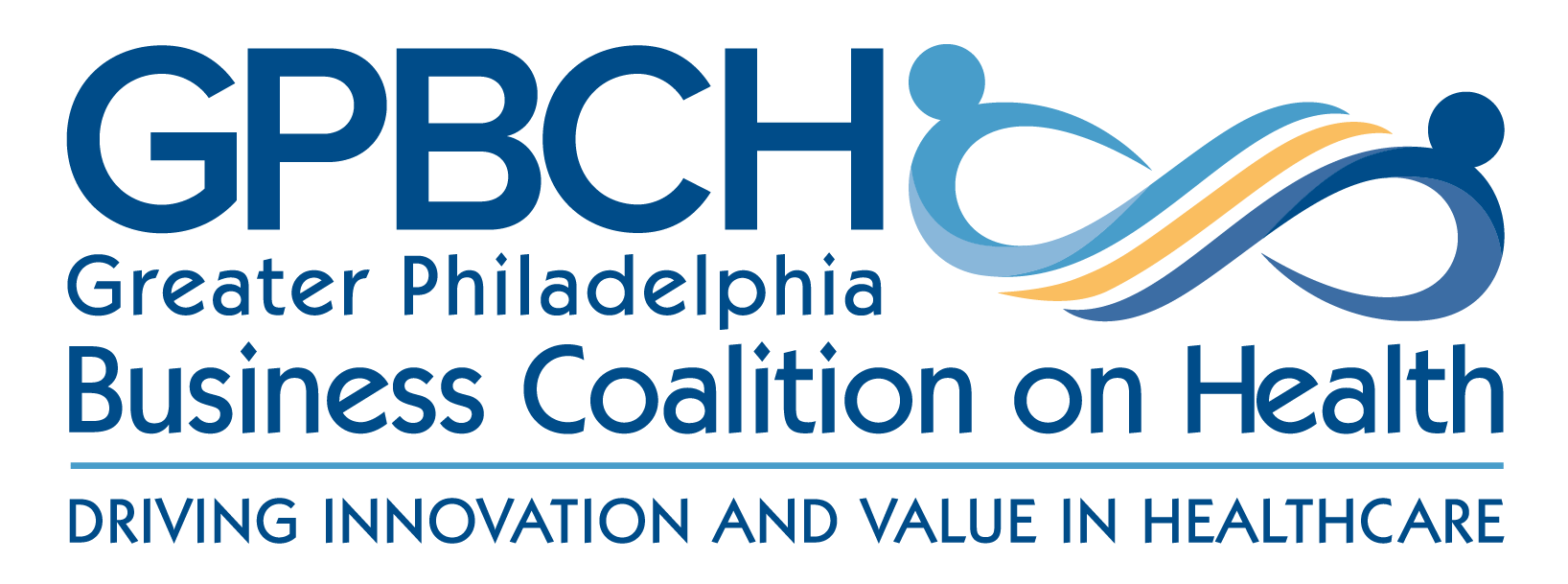
Payers and Providers Seek Common Ground on Costs, Technology, and Value-Based Care

Key Takeaways
- Rising costs and outdated processes destabilize the US health care system, affecting patients and employers.
- Hospitals face financial strain due to inadequate reimbursements, necessitating a shift toward value-based care.
Explore how payers and providers collaborate to enhance value-based care, tackle rising costs, and improve patient outcomes in today's health care landscape.
Rising costs, strained provider networks, and outdated administrative processes continue to destabilize the US health care system, leaving both patients and
Pressures on Hospitals and Payers
Tom Belmont, president and CEO of GPBCH, opened the session by pointing to the instability that arises when hospitals are threatened with removal from insurer networks, a disruption that leaves patients with limited options. He recalled the closure of Crozer Health and its ripple effects across Delaware County as an example of how hospital closures destabilize communities. He also shared an anecdote from an international planning meeting where only half of the attendees could follow his remarks, a reminder of how complex and opaque health care remains, even among professionals.
David Tam, MD, MBA, FACHE, CPHE, president and CEO of Beebe Healthcare, described the pressures facing Beebe Healthcare, a medium-sized independent health system in southern Delaware. With the region experiencing rapid growth fueled by retirees, Beebe must manage rising demand while operating on thin margins. Medicare and Medicaid, he noted, reimburse only about 88% of the cost of care, leaving commercial insurers and employers to subsidize the gap. Without a shift toward value-based arrangements, Tam warned, hospitals like Beebe risk unsustainable financial strain.
“We must shift the cost curve substantially... it’s no longer wellness per se, but it’s more about active disease prevention, going in and seeing what you’re at risk for, and targeting the things that you can prevent through active work. That’s both in the Medicare space as well as, I think, in your employee health space,” Tam emphasized.
Michael Ungvary, vice president of network management at Cigna, added a payer’s perspective, highlighting the challenge of balancing costs while ensuring employers and patients see measurable value. He emphasized that cross-subsidization remains a fundamental part of financing health care, but that payers require more consistent demonstration of quality and outcomes from providers.
Technology, Administrative Burdens, and Prior Authorization
Both Tam and Ungvary underscored the role of technology in reducing inefficiencies. Ungvary pointed to Cigna’s investments in streamlining claims and prior authorization processes, aimed at reducing administrative burden and improving patient experiences. Tam agreed that innovation is essential but emphasized that antiquated systems like fax machines and phone calls still dominate, slowing
Prior authorization emerged as a key friction point. Ungvary described it as a safeguard to ensure evidence-based treatment but acknowledged the need to simplify and automate the process. Cigna, he said, has already removed unnecessary codes and expanded technology to accelerate approvals. Tam, speaking from the clinical side, countered that delays caused by prior authorization can harm patients and that more collaboration is needed to balance oversight with timely care.
Independence, Workforce, and Market Dynamics
Tam stressed Beebe’s commitment to remaining independent, noting that consolidation might bring leverage but can limit local responsiveness. Independence allows flexibility in decision-making, he said, though it also makes challenges like workforce retention more pressing. In southern Delaware, affordable housing remains scarce, hindering recruitment. Beebe has begun investing in real estate to attract and retain staff, viewing employee satisfaction as directly linked to patient satisfaction and shorter wait times.
Ungvary acknowledged that payer strategies must also account for workforce realities, noting that joint investment approaches could align
The conversation also addressed alternative health plans and smaller insurers. Ungvary explained that these players complicate contracting but can stimulate innovation, whereas Tam emphasized the importance of maintaining broad networks to ensure equitable access. Both agreed that consolidation, when responsibly managed, can deliver value but must be carefully weighed against risks of limiting competition.
Value-Based Care and Transparency
Looking to the future, Tam highlighted the importance of Medicare Advantage programs and preventive care strategies as tools to bend the cost curve and sustain access. Ungvary echoed the need for value-based reimbursement, framing it as central to achieving equitable outcomes across populations.
On the issue of transparency, Ungvary noted that compliance with legislation often fails to capture the nuance of actual contracted rates, which can mislead consumers. Tam added that limited consumer choice in health care reduces the practical impact of price data alone, underscoring the need for more comprehensive solutions.
Throughout the discussion, the speakers agreed that progress requires balancing payer and provider needs while centering value and patient outcomes. Technology, administrative reform, and workforce investment emerged as common priorities. As both sides adapt to demographic shifts and financial pressures, collaboration rather than confrontation will determine the future stability and sustainability of the health care system.
Reference
Belmont T, Tam D, Ungvary M. Merge ahead: the health system and payer dynamic. GPBCH. Presented at: GPBCH Annual Conference; June 5, 2025; Philadelphia, PA.
Newsletter
Stay ahead of policy, cost, and value—subscribe to AJMC for expert insights at the intersection of clinical care and health economics.







































